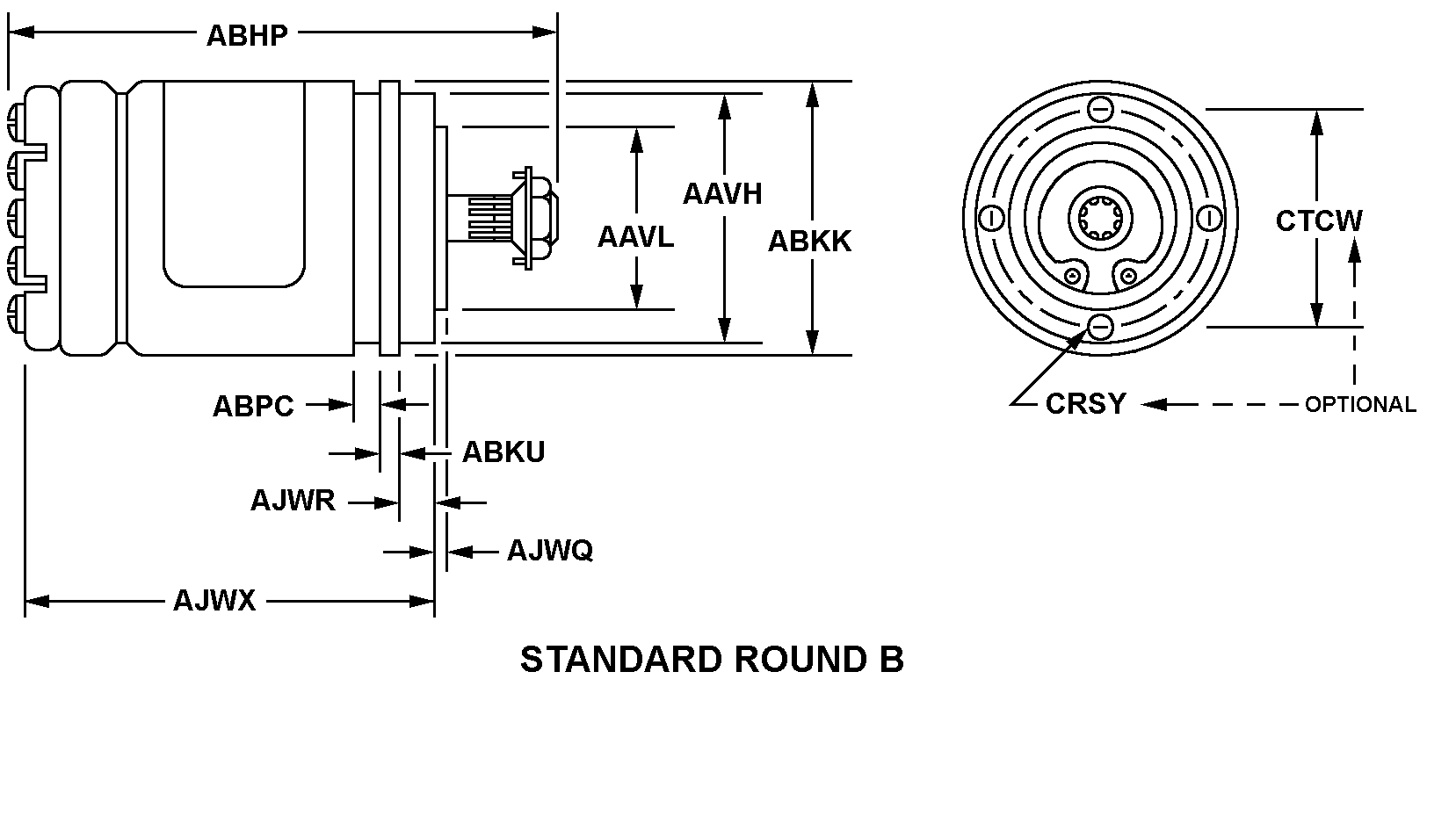5990010661526
Price Quote Get an up to date pricing and availability quote for this product. Order online or over the phone.
Quality Commitment
Serving our customers with quality and safety first.
- AS9120 Certified
- Audited supply chain
- ITAR Registered
- DDTC Registered
- HAZMAT Certified
- Customer service objectives
- Every product 100% inspected

5990-01-066-1526 Specification Set by the OEM (see RNCC code 3)
aluminum or steel, stainless
standard round b
0.8120in.
0.5000in.
1.6790in. ⁓1-11/16"
0.9370in.
0.0620in.
0.0620in.
0.1200in. single shaft
0.4180in. single shaft
115.0
400.0
33.0 milliamperes and 36.0 milliamperes
68.0 milliwatts and 74.0 milliwatts
570.00 and 675.00
9.50 and 10.80
920.00 and 1050.00
280.00 and 450.00
7.20 and 8.40
9.500 input to output
3
0.0380in.
0.0620in.
1.2460in.
unf
0.0600in. single shaft
rear
3400.00 and 3500.00
28.00 and 32.00
334.00 and 375.00
round, hollowed single shaft
2.0000in.
0.086in.
0.6780in.
5 wire lead
Cross Reference Parts Part numbers that meet the specification outlined on this page and set by the OEM
Identification Item Identification Guide (IIG) and Item Name Code (INC)

Definition Definition of approved item name (AIN): "SYNCHRO,RECEIVER"
A synchro consisting of a stator and rotor inductively coupled. The rotor is free to turn in accordance with the electrical input from a transmitter synchro or a differential synchro. Does not include variable resistors, goniometers, variable transformers, or items with dials.
5990-01-066-1526 Material Hazmat, Precious Metals, Criticality, Enviroment, and ESD
Indicates there is no data in the hmirs and the nsn is in a fsc not generally suspected of containing hazardous materials.
Precious metal content is unknown
The item does not have a nuclear hardened feature or any other critical feature such as tolerance, fit restriction or application.
Identification Codes
HMIC: Hazardous Material Indicator Code. A one position code that identifies a hazardous item.
PMIC: Precious Metal Indicator Code. A one position code which identifies items that have precious metals as part of their content. precious metals are those metals generally considered to be uncommon, highly valuable, and relatively superior in certain properties such as resistance to corrosion and electrical conductivity.
ESD: Electrostatic Discharge. Indicates if an item is susceptible to electrostatic discharge or electromagnetic interference damage. electrostatic discharge damage occurs when an accumulation of static electricity generated by the relative motion or separation of materials is released to another item by direct contact. electromagnetic interference damage occurs when an item comes into proximity with an electrostatic or magnetic field.
ENAC: Enviromental Attribute Code. Identifies items with environmentally preferred characteristics.
CRITL: Criticality Indicator Code. Indicates an item is technically critical by tolerance, fit, application, nuclear hardness properties, or other characteristics.






